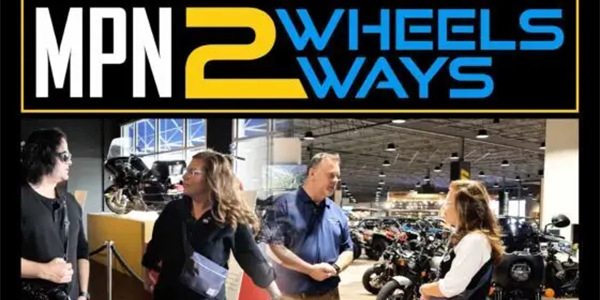
Learn about common challenges with turbocharger maintenance and how Rein TechSelect Turbo Kits make the repair process easier.
In this sponsored video by CRP Automotive, we dive deep into turbocharger maintenance to keep your vehicle running smoothly. Join us as we explore the evolution of turbocharger technology and how Rein Automotive TechSelect Turbo Kits are the perfect solution for efficient replacement. Discover the importance of inspecting oil and coolant lines when replacing, and learn how proper flow is essential to prevent damage and premature failure. Plus, get expert tips on diagnosing turbocharger issues and ensuring optimal performance. Watch now and discover why Rein Automotive TechSelect Turbo Kits are the ultimate solution for turbocharger maintenance.
Report shows advanced technology is contributing to costlier repairs, higher claims costs and longer cycle times.
Grew company from small machine shop to global leader in car lifts and garage equipment.
Continental said ContiConnect Lite helps fleet managers monitor the condition of their tires via bluetooth.
The deadline to submit an application is March 31.
Scooter sales have been trending upwards for this Texas-based dealer.

Jonesboro Cycle creates community and a home for future techs.

This is the second consecutive year that AAPEX earned a spot in TSE’s Fastest 50 Class.
TOPDON has donated over $66K to aid organizations & schools that are dedicated to preparing the next generation of technicians.